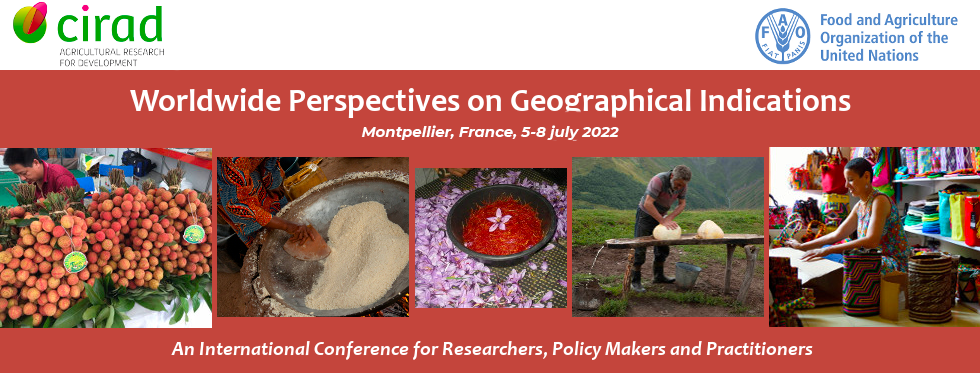Crafts is one of the oldest industries in Sri Lanka which goes back to many millenniums. There are huge number of handicrafts in Sri Lanka. As a member of the WTO, Sri Lanka too protects its intellectual property rights under the Intellectual Property Rights Act No: 36 of 2003. According to the World Intellectual Property Organization (WIPO) crafts can be protected using several types of Intellectual Property Rights (IPRs) and around the world countries are using one or several methods to protect their craft sector.
The main objective of this research study was to understand the feasibility of introducing GI protection system for Sri Lankan craft sector. To achieve the said objective the study used both qualitative and quantitative research methods comprised with literature review, key informant interviews, few field visits and country case studies. Two craft products were selected in this regard. Namely; Moratuwa wood carvings and Weweldeniya rattan products. As the first step the study tried to map the two-value chains with stakeholders and their activities. Further, the study attempted to identify the existing barriers and tried to develop the sector by proposing a GI protection system.
Difficulty in obtaining raw materials is one of the main constraints which faced by most of the ground level craft people. Difficulty in finding a market is another common issue specially with the individual entrepreneurs. Not having a proper mechanism for craftsmen to enter to the export market and foreign market chains is another constraint. It is important to identify how GI system could support to overcome the above barriers and ensure the sustainable growth of the sector. Some of the findings are highlighted below;
- Obtaining trademarks, patent, industrial design etc. is a costly process and renewal is needed in every year. Since most of the craftsmen are in the rural areas and a higher percentage of them are belonging to the poor category.
- There are already developed geographical clusters and the reputation for each craft cluster is developed based on their origin or the territory. Such as; Weweldeniya rattan, Moratuwa wooden carvings, Ambalangoda masks etc.
- Further, these crafts product are specific to the relevant area. Craftsmen are using raw materials which are available in the specific area. And the process of creating crafts are based on the knowledge which comes from generation to generation.
- There is a well-developed reputation and history for these crafts products and the main characteristics or the specification of the products are linked with its origin.
- There is a well-established value chain system or the supply chain system in these selected two crafts products which can be easily trace and linked with the origin.
- There are established few associations such as “Moratuwa wood workers associations, Rattan producer's association etc. which will help in creating GI associations. Presently, there is an amendment to propose the GI registry system for Sri Lanka.
By considering the above facts GI system can be identified as the best and most feasible method to protect the craft sector in Sri Lanka



